Pastries such as bread, pitas, crescent rolls, Easter bread, sweets and biscuits are loved and prepared by every family. A good cook has their own tried and tested recipes for these products, but they often experiment with something new to surprise their loved ones.
In both cases, you can sometimes face a problem, because working with dough is a delicate task and in addition to skills in the kitchen, some other important factors play a role.
First of all, we distinguish the dough for biscuits and sweets from those for pitas, pogaca and bread, the main factor being the leavening agent we use. In the first case, baking soda, baking powder or ammonia soda, which requires only combining the ingredients into a smooth dough, without kneading for long and without waiting for it to rise.
The effect of soda is fast and the dough does not have time to form gluten bonds and it just rises as a result of chemical processes. This gives it a crumbly aspect, but that is the goal - to make the sweets crumbly, not hard and tough.
For biscuits, in some cases it is not even necessary to add a leavening agent, since most of the fat (usually butter or lard) in the dough makes the biscuits brittle and delicate. In such types of dough, the shaping itself can cause difficulty due to the fact that there is no elasticity when rolling it out and it crumbles and tears, the reason for which, we said, is the higher amout of fat.
On the one hand, while it is soft, it is sticky and that's why it is left in the fridge to firm up, but that's when it starts to become a crumbly dough. It takes patience to roll it out into a smooth crust: slowly, on a floured surface, with moderate pressure on the rolling pin, because with stronger and sharper movements it will immediately crack and break into pieces. A very easy trick is to roll it out between two sheets of baking paper - that way, not only will it not stick, but it will become really smooth and we will be able to easily cut the desired shapes.
When it comes to yeast dough, the crumbly effect can usually only be obtained after baking. This is mainly due to improper fermentation. Again, the gluten factor is responsible, which has failed to develop well and forms bonds, which add the necessary elasticity.
Yes, we are always in a hurry in our daily lives, but if we want to have the perfect pastry products on our table, we must be patient.
Less yeast, proper kneading and more time for rising at the right temperature is the key to the perfect and not crumbly pita or bread.
This does not mean, that we have to leave the dough to rise for too long, because we will have the opposite effect. Once it doubles its volume, it's done.
The type of flour we use also plays an important role - firmer flours with a high gluten content are suitable for pitas and breads, while lighter flours with a high ash content are ideal for pastries, sponge cakes, biscuits and sweet.
In one case we are looking for elasticity, in the other - the opposite - lightness and a crumbly texture.
When we add too much flour, we can also get unwanted crumbly dough, so follow only tested recipes and follow them strictly.
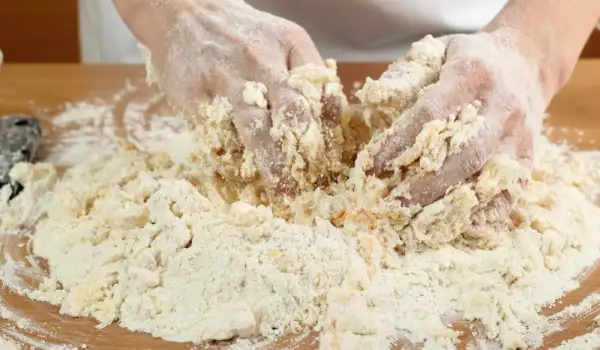
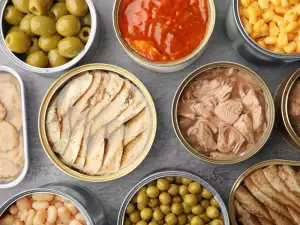



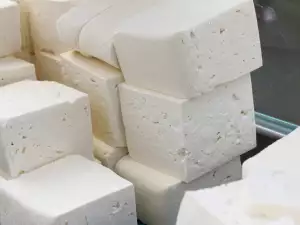

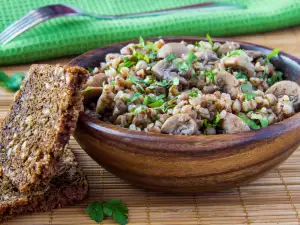


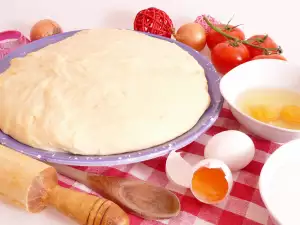


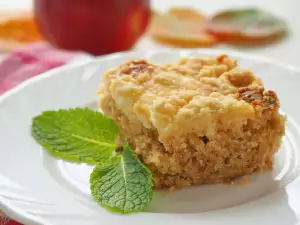

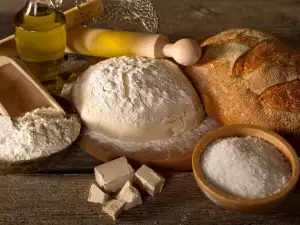



Comments